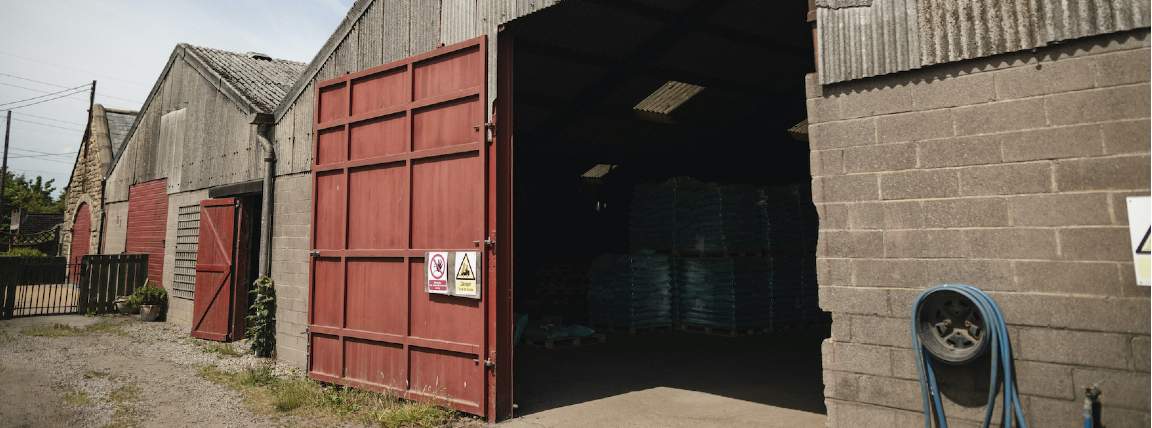Phasing out agricultural subsidies across the UK will squeeze the finances of farm businesses and challenge the industry to improve its efficiency. Change will be quickest in England, where Defra wishes to encourage structural change. In future there are likely to be fewer but larger farm businesses, alongside smaller niche businesses which have focused on value added markets.
Farm size has already been increasing as farmers pursue the economies of scale to cut costs. The average UK farm is now 17 per cent larger than it was in 2005 and increased collaboration means the scale of businesses performing field operations has most likely increased by more.
Joining forces with a neighbour or entering into a contract farming agreement is a proven way to cut fixed costs and increase profitability. However, the ageing infrastructure found on many farms can be a barrier to improving productivity. Expanding farmers can find that they accumulate a portfolio of buildings that are no longer fit for purpose. A 2006 study by EFFP found that up to a third of on-farm grain storage in England was more than 30 years old. Fourteen years on, and with limited investment in farm buildings, a significant proportion of on-farm grain storage is now over 44 years old. We estimate that this could represent a floor area of over 25 million sq ft.
The size and height of many agricultural buildings are ill-suited to modern needs
Many older farm buildings are ill-suited to larger modern farm machinery, while the capacity of fixed grain handling equipment such as dryers and conveyors cannot meet the demands placed on them by today’s largest combine harvesters.
These steel portal frame buildings may still be structurally sound, but they have become operationally obsolete – a situation exacerbated by a taxation policy that encourages investment in higher output agricultural machinery more strongly than farm buildings.
To increase efficiency, businesses could consider consolidating their storage capacity in a modern, efficient, centralised grain storage site or buying storage space within a cooperative central store.
Where reinvestment is needed in let farms on an estate, there may be merit in building a shared grain storage facility rather than reinvesting in a series of smaller stores.
Through these solutions a business could also access more energy-efficient grain drying equipment, simultaneously making progress towards the national challenge of achieving net zero emissions.
Strongest incentives for a decade
The incentives for investing in new agricultural buildings are currently the strongest they have been since April 2009 due to the launch of the Structures and Buildings Allowance (SBA) in autumn 2018 and its enhancement in the 2020 Budget.
This tax relief allows farmers to offset 3 per cent of the construction, renovation, repair and conversion costs of farm buildings against their taxes each year for a period of 33 and one third years. The SBA can be used in combination with the Annual Investment Allowance (currently £1 million) that covers plant and machinery, such as grain handling and drying equipment.
Together these allowances can help a business build modern fit for purpose infrastructure, and position it for further growth. But does the ‘retired’ building which is no longer suited to the demands of modern agriculture open up a diversification opportunity?
A new use for ‘retired’ buildings
The SBA is not specific to agriculture so it could be used to convert a former grain store into a premises for a new commercial use, strengthening the business case for investing in new agricultural buildings or alternative storage arrangements.
Farmers have the right to change the use of up to 5,382 sq ft of agricultural buildings to a flexible commercial use under Class R permitted development rights. This is subject to a number of criteria and exclusions. The commercial uses allowed are diverse and range from offices and hotels to storage and distribution (Class B8).
With demand for rural logistics space projected to increase, the potential suitability of the structure and site is worth exploring. There may be conversion opportunities in areas where the supply of traditional warehouse space is low, the demand is high and the site is well connected to the wider road network.
Read 'Demand for rural based logistics space is on the increase' here
Further information

.jpg)

.jpg)
.jpg)
.jpg)




